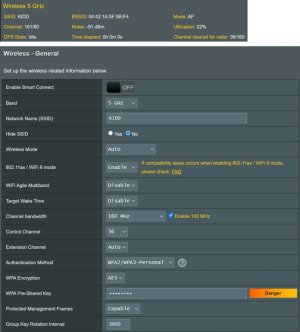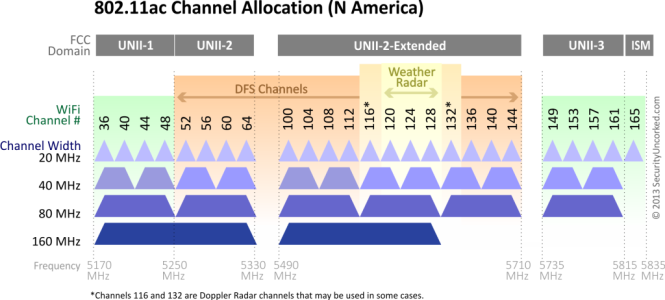Model: GT-AX6000, Firmware: 3004.388.6 Beta
I've noticed that sometimes my WiFi automatically drops from 160Hz to 80Hz.
I understand that during radar scanning, WiFi automatically switches to 80Hz, but under normal circumstances, should it switch back to 160Hz once the time elapsed countdown is complete?
However, my time elapsed has already counted down, yet it hasn't switched back to 160Hz.
Please refer to the attached settings and status. Is there a problem with my GT-AX6000?
I've noticed that sometimes my WiFi automatically drops from 160Hz to 80Hz.
I understand that during radar scanning, WiFi automatically switches to 80Hz, but under normal circumstances, should it switch back to 160Hz once the time elapsed countdown is complete?
However, my time elapsed has already counted down, yet it hasn't switched back to 160Hz.
Please refer to the attached settings and status. Is there a problem with my GT-AX6000?



